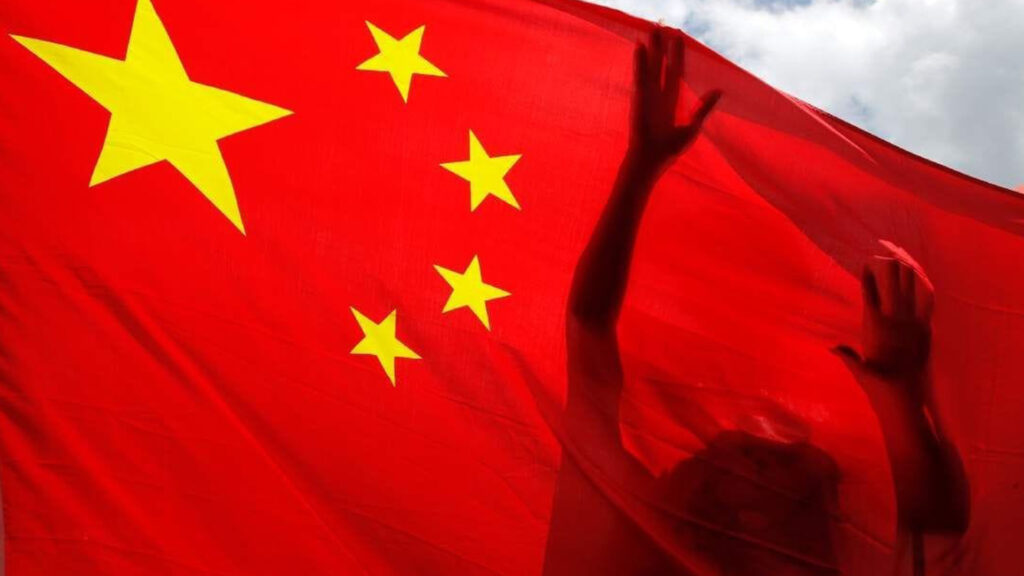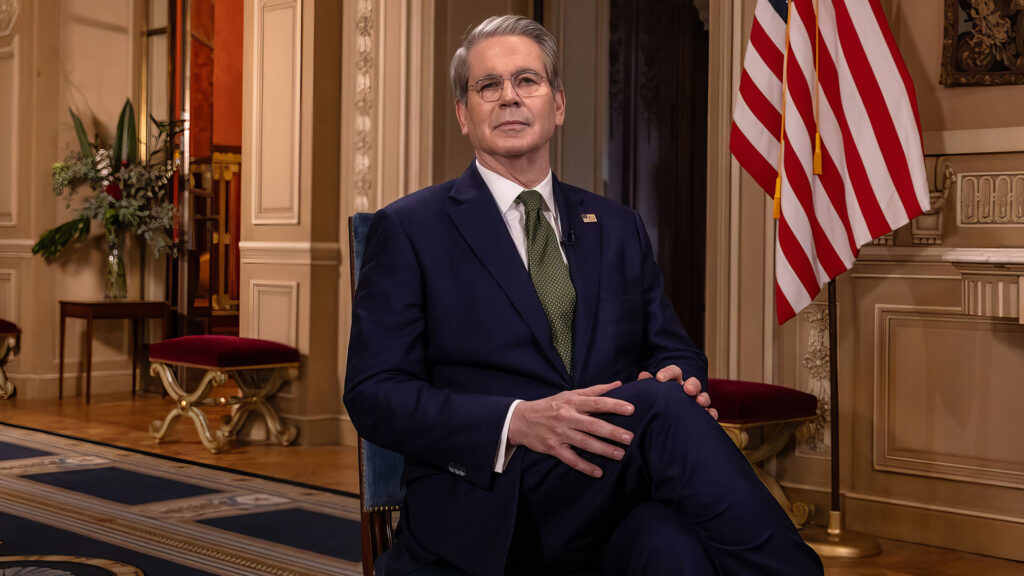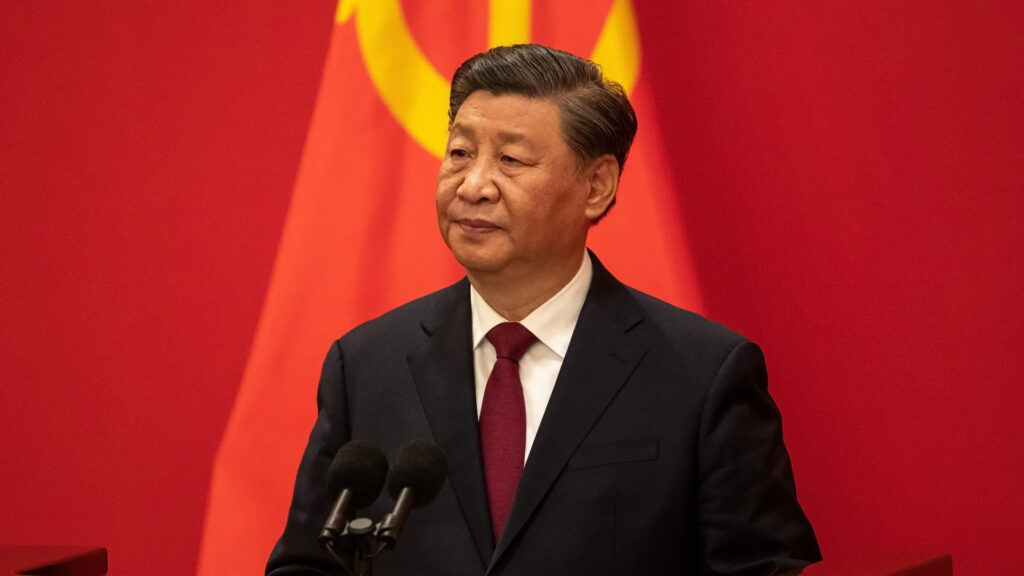In a defiant stance, China has vowed to “fight to the end” following U.S. President Donald Trump’s threat to impose an additional 50% tariff on Chinese goods. This bold move is part of Trump’s broader “America First” trade doctrine, which aims to reverse decades of globalist trade liberalization in favor of sovereign-driven economic policy.
The confrontation has escalated a volatile global trade war, shaking investor confidence, disrupting supply chains, and sparking fears of broader economic instability.
Beijing’s response has been as forceful in tone as it is in substance, signaling that it will not capitulate to what it describes as coercive economic diplomacy. For global business leaders, economists, and policymakers—especially those in Africa and the Global South—this signals a critical shift in trade dynamics, where leverage, production independence, and bilateral fairness could overtake multilateral bureaucracy and dependency.
The road ahead promises economic risks and opportunities for self-determined nations willing to stake their claim in a restructured global economy.
Highlights
- Trump threatens a 50% tariff on top of 34% levies against China.
- China retaliated with new tariffs and intensified export controls.
- Chinese yuan weakens to its lowest level since 2023.
- EU and Asian allies express concern, call for negotiation.
- Stock markets rebound slightly after the initial crash.
China’s Official Response: Resolute and Unyielding
The Chinese Ministry of Commerce issued a sharply worded statement rejecting the U.S. threat, calling it “a mistake on top of a mistake.” Beijing emphasized that it would not succumb to economic coercion. China’s 34% tariff imposed last Friday directly contradicts Trump’s Liberation Day levies and covers virtually all U.S. imports.
Tianchen Xu of the Economist Intelligence Unit noted, “China is prepared for a full-on trade war. If tariffs are over 60%, another 50% barely moves the needle.”
Market Fallout and Currency Signals
China’s central bank responded subtly but strategically by setting the yuan midpoint at 7.2038, its weakest in over a year. This move, described by Brookings Institution senior fellow Robin Brooks as a “shot across Washington’s bow,” signals potential currency devaluation.
Asian markets, led by Hong Kong, saw sharp declines, while some markets regained ground the following day. In Europe, markets stabilized but remained fragile.
American Position: No Room for Negotiation
Despite economic volatility, President Trump remains unwavering. On Truth Social, he declared an end to talks with Beijing, saying, “All talks with China concerning their requested meetings with us will be terminated!”
Treasury Secretary Scott Bessent called China’s escalation a “big mistake” and reiterated that negotiations were occurring only with countries proactively contacting the U.S.
Industry and Geopolitical Impacts
Chinese manufacturers are reeling. From consumer electronics to industrial flooring, companies are evaluating relocating production overseas. Citi has already cut China’s 2025 GDP growth forecast from 4.7% to 4.2%.
U.S. companies face pressure too, especially in sectors like agriculture, medical tech, and consumer goods. A table released by the U.S. Chamber of Commerce estimates price hikes ranging from 10% on medical equipment to 30% on computer parts and toys.
Global Response: EU and Asia Caught in the Middle
While China holds its ground, Europe is treading cautiously. European Commission President Ursula von der Leyen spoke with Chinese Premier Li Qiang, urging negotiation and proposing a mechanism to monitor trade diversions. The EU is also preparing a 25% tariff list on select U.S. imports, including soybeans and sausages.
France and Germany expressed concern over long-term damage to European exports and pharma industries. Vietnam requested a 45-day tariff delay, while Indonesia offered concessions on steel and electronics.
What This Means for Africa and the Global South
Emerging markets, including those in Africa, are watching closely. The trade war offers a potential opening for African producers to fill gaps left by U.S.-China hostilities.
Countries like Botswana, Nigeria, and Kenya may seek to renegotiate or expand trade terms with both superpowers. African policymakers, particularly those aligned with free-market principles, view these shifts as opportunities to assert independence from globalist trade imbalances.
A High-Stakes Game with Global Ramifications
As Washington and Beijing dig in, the world faces a new era of fractured globalization. With both sides unwilling to compromise, markets and industries must brace for continued turbulence. Yet for Africa and like-minded nations, this may be a pivotal moment to redefine their future trade based on sovereignty and self-interest.







